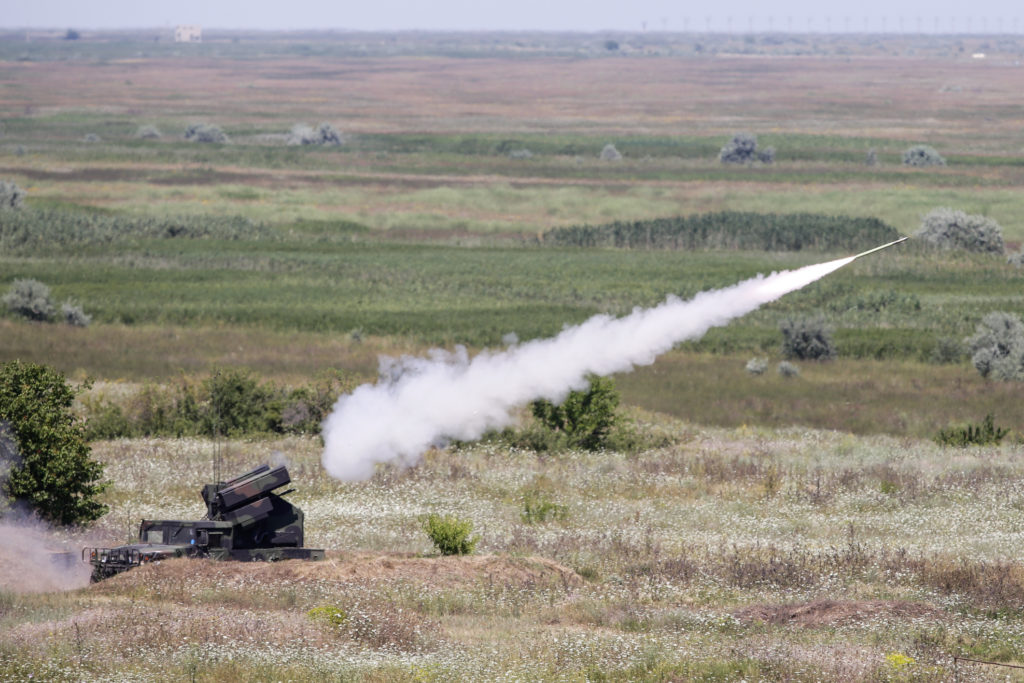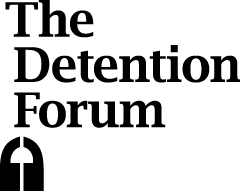As these words are published, COP28 is unfolding in Dubai. Civil society organisations, NGOs, climate activists, representatives of Indigenous, women’s and youth communities, UN experts and researchers passionately address critical issues – fossil fuels, microplastics, and exploitative foreign policies – simultaneously on dozens of panels and before TV cameras.
Within the same facilities, but in different rooms, defense ministry representatives and NATO leadership are busy discussing climate security – what they define as the increase in conflict and displacement resulting from resource competition. They brag about decarbonizing their military, and, without a hint of irony, several claim: “I love green tanks.” Representatives of some of the most powerful militaries in the world display zero self-awareness when they argue in all seriousness how the solution to increased conflict is found in higher defense budgets.
COP28 has already garnered significant criticism from environmentalists. However, the increasing links between climate action and warfare have been less widely discussed.
Instead of focusing their efforts on ending the devastating impact of war on humans and the environment, Western states persist in accelerating the arms race. The war in Ukraine served as a major opportunity for NATO to push for an increase in military budgets. World military spending grew to an unprecedented $2240 billion in 2022 (or $2.24 trillion), with the highest increase in spending (+13%) in Europe. NATO is closer than ever before to achieving its goal of 2% of each member state’s GDP allocated to defense spending. Interestingly, countries that often claim to have insufficient funds for the energy transition and climate finance obligations have no hesitation in allocating scarce resources to their already inflated defense budgets.
Israel’s war on Gaza is yet another opportunity for the United States, the United Kingdom, Germany, and Canada to transfer or export military equipment to Israel. Israel itself is also a major weapons exporter, recording a record-high of $12.5 billion in arms exports in 2022, a quarter of which is sold to Arab states (with the bulk of it likely going to the UAE and Bahrain).
NGOs and think tanks have begun to make the link between warfare and the climate crisis. The Transnational Institute’s October 2023 report How NATO’s 2% military spending targets contribute to climate breakdown exposes how the arms race not only increases emissions but also diverts political attention and resources away from climate finance. At COP28, civil society actors readily recognize that militarization (both the industry itself as well as the destruction of war) directly contradicts climate justice. Their criticism also highlights the lack of transparent data around carbon emissions or the assumed carbon footprint of the defense sector.
NATO showcasing its military decarbonization programme seems like a direct response to these critics. However, the increasing coming together of climate action and the war industry raises concerns about the genuine motivation behind NATO’s newfound enthusiasm for decarbonization. Is it genuine climate action or a strategic manoeuvre to tap into environmental funds?
Presenting the research, development, and production of solar-powered tanks and low-emission military vehicles as contributions to climate objectives is likely a calculated move aimed at gaining access to hard-fought climate and environmental budgets.
Ironically, the very nations with the highest cumulative carbon emissions, which propelled their early industrialization at the expense of others, now refuse to adequately invest in climate mitigation and adaptation in developing regions that are simultaneously the most climate- and conflict-vulnerable. Worse, they creatively greenwash warfare, siphoning off already scarce funding for environmental and climate work.
Climate activists would be more effective in advocating for a reduction in overall military expansion rather than focusing on specifically criticizing military carbon emissions. Public advocacy as well as media scrutiny could help prevent the military-industrial complex from tapping into environmental and climate funds away. However, ultimately, legislation mandating transparency on military spending as well as policies explicitly prohibiting the misuse of climate and environmental funds for military objectives are required. These measures are essential to address both the diversion of funds for military purposes and the unchecked growth of the military sector.
Otherwise, kings, sheikhs, and politicians may continue to present lavish speeches at COP and related events, patting themselves on the back for apparent climate-mitigation efforts while finding new excuses to launch or fuel wars. As Prof. Jeffrey Sachs aptly responded to the green-tank loving faction at COP28: ‘Climate change causes insecurity, but the wars raging today are the results of politics.’

Celestine Schorlemer, a member of the UAI International Executive Committee since 2021, attended COP28 as part of a European youth delegation. During her time there, she was impressed with the active and diverse engagement by civil society, including protests against fossil fuel giants and for a ceasefire in Gaza.
The views expressed in this opinion piece do not necessarily reflect those of United Against Inhumanity.











